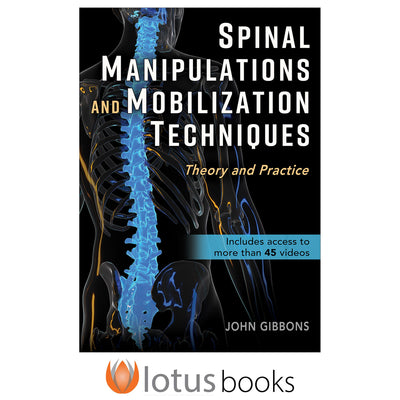
Assessment of the Atlanto-Axial Joint (AAJ)
This is an excerpt from Spinal Manipulations and Mobilization Techniques by John Gibbons.When you passively... Read More

Side-bending Muscle Energy Technique (MET) for the cervical spine
This is an excerpt from Spinal Manipulations and Mobilization Techniques by John Gibbons.This PIR technique... Read More

Ligaments of the vertebral column in the cervical spine
This is an excerpt from Spinal Manipulations and Mobilization Techniques by John Gibbons.In the list... Read More

What are exercise snacks?
This is an excerpt from Obesity and Weight Management by Alexios Batrakoulis.By Alexios Batrakoulis and... Read More

Create positive muscle-strengthening experiences for those with excess weight
This is an excerpt from Obesity and Weight Management by Alexios Batrakoulis.By Alexios Batrakoulis, Michael... Read More

Empower health behavior change through effective communication and motivational...
This is an excerpt from Obesity and Weight Management by Alexios Batrakoulis.By Rachelle Acitelli Reed... Read More

Assessing TPSR-related objectives
This is an excerpt from Teaching Personal and Social Responsibility through Physical Activity 4th Edition... Read More

Helping kids put responsibility into action
This is an excerpt from Teaching Personal and Social Responsibility through Physical Activity 4th Edition... Read More


